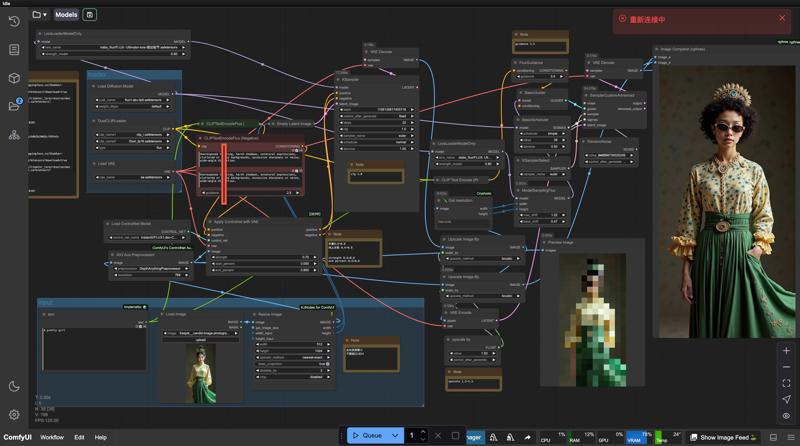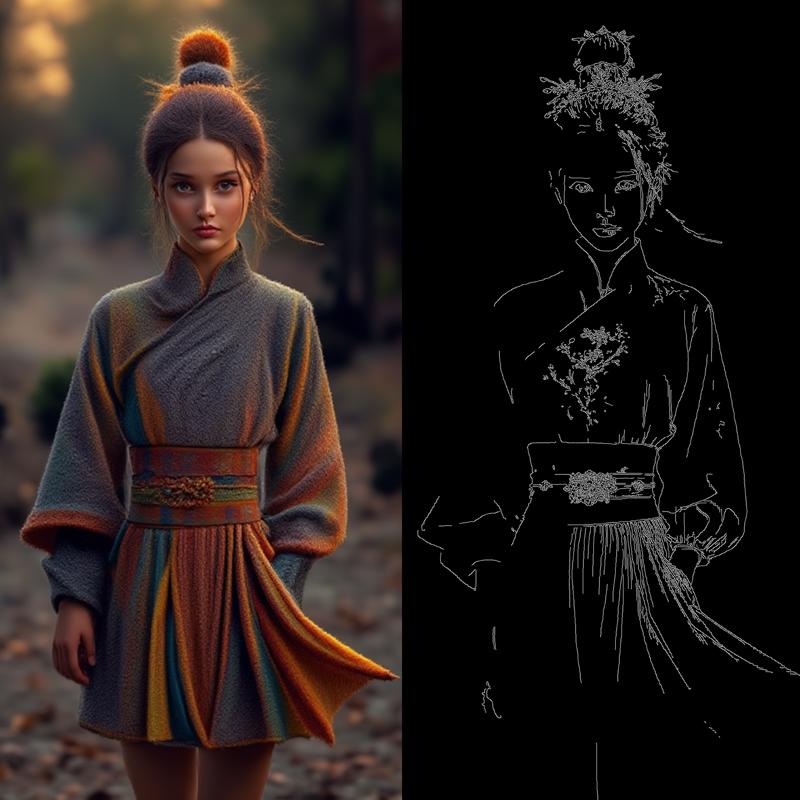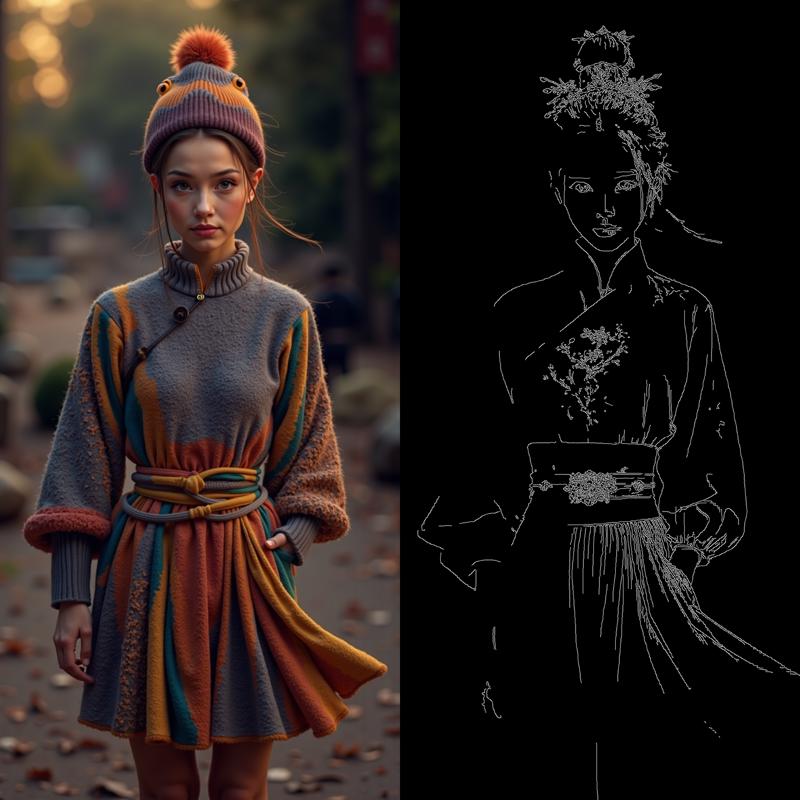High-quality Flux.1 ControlNet Union Pro Workflow - v1.0 Showcase
ControlNet Union Pro has seven features: canny, tile, depth, blur, pose, gray, and low quality. Honestly, except for canny, depth, and pose, the others don’t seem to have a significant impact. 

Currently, the biggest issue with ControlNet is the poor quality of generated images. Often, the outputs are completely unrecognizable. This workflow is designed to address that problem.
Solution Workflow:
1. Reduce Terminal Guidance Steps:
Set terminal guidance steps to 0.6–0.8. Allow the model to refine the image autonomously in the final stages of sampling, based on earlier guidance. This helps fix unrecognizable outputs.
2. Add an Ultimator LoRA Model:
Use the Ultimator LoRA model to enhance image details.
3. Perform Secondary Redrawing:
• Keep the denoise strength between 0.4 and 0.6 for secondary redrawing.
• Treat the first sampling result as a damaged image and use Flux for restoration.
By following this workflow, you can achieve a high-quality ControlNet-controlled output. Refer to the provided example image for results.

Parameter Recommendations:
1. ControlNet:
• Strength: 0.6–0.8
• Terminal Guidance Steps: 0.6–0.8
2. Sampling:
• First Sampling CFG: 1.0
• Secondary Sampling Guidance: 3.5
3. Dimensions:
• Ensure the first sampling size does not exceed 1024.
• Scale the output by no more than 2x.
mdels:
1)ShrkLab Controlnet Union Pro:https://huggingface.co/Shakker-Labs/FLUX.1-dev-ControlNet-Union-Pro/resolve/main/diffusion_pytorch_model.safetensors?download=true
2)ultimator lora:
learning more:
civitai:https://civitai.com/user/BorgesAI
bilibili:https://space.bilibili.com/402195818?spm_id_from=333.1007.0.0
Borges AI Knowledge Base:首页
wechat:black_pear




